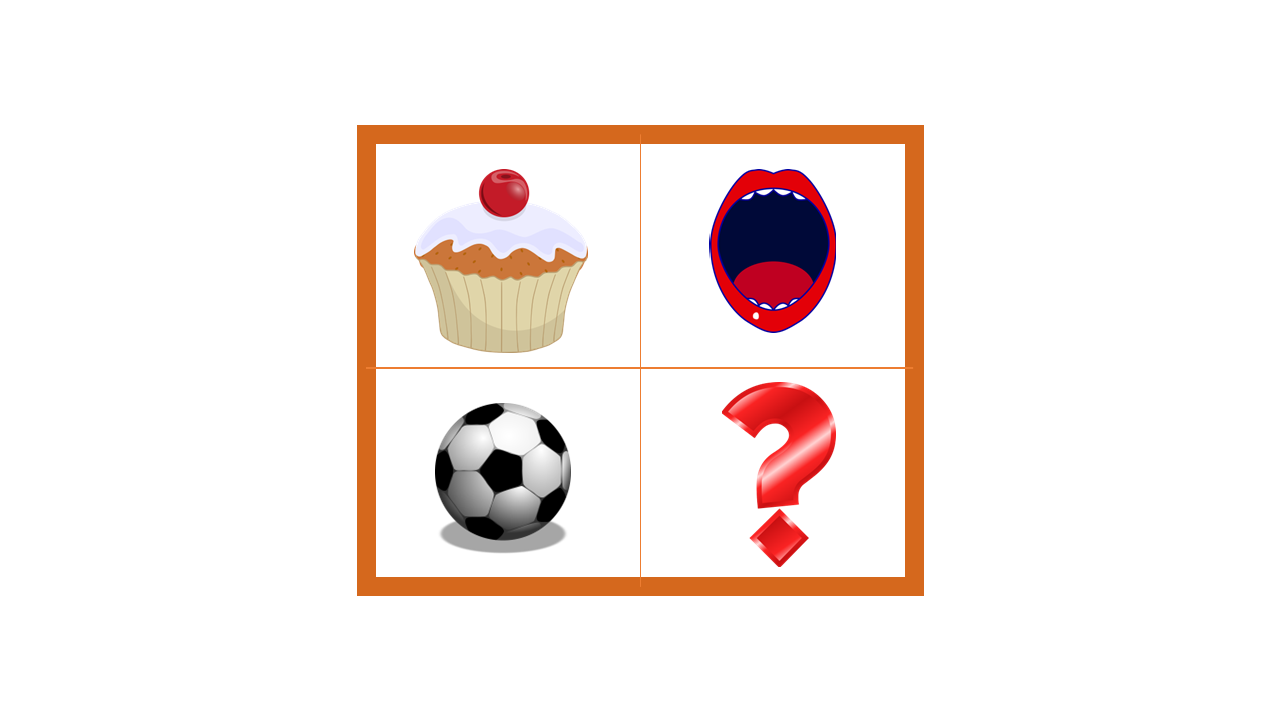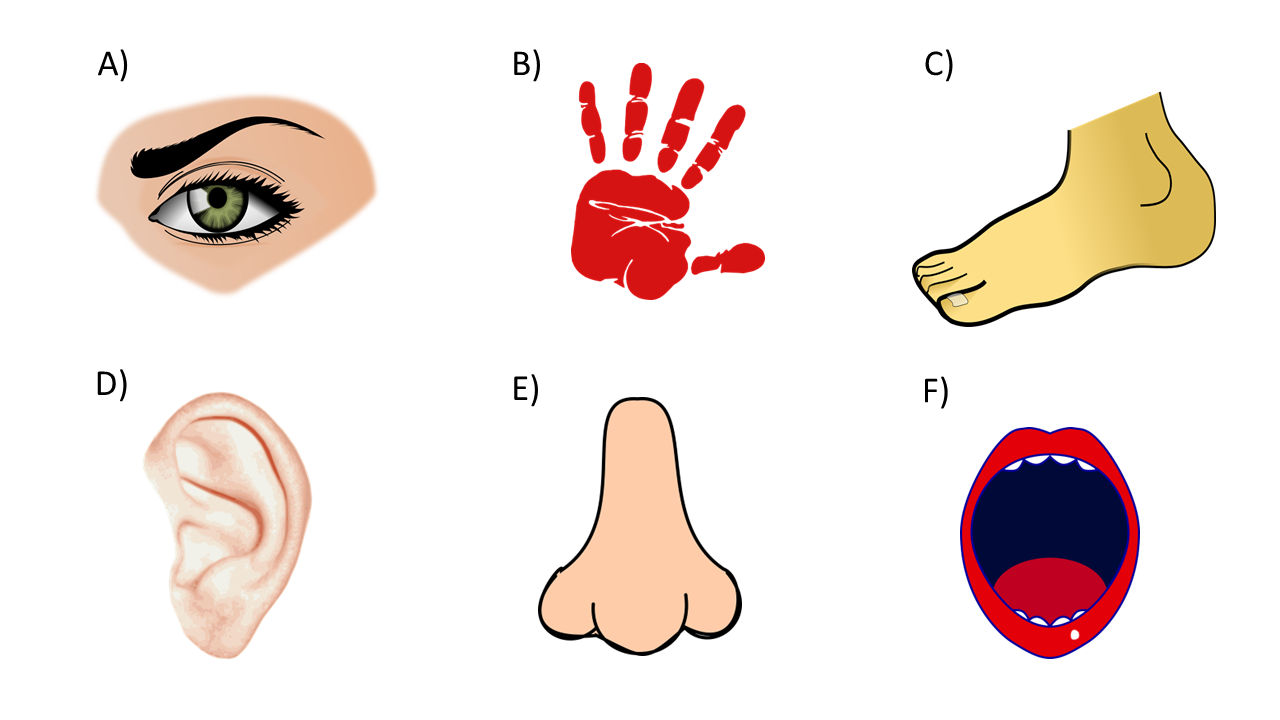(KBIT-2) Kaufman Brief Intelligence Test – 2025 Study Guide with Practice Questions
Updated November 5, 2024
The Kaufman Brief Intelligence Test, or KBIT, is a quick assessment designed to gauge an individual's verbal and non-verbal intelligence.
This comprehensive guide will navigate you through the intricacies of the KBIT-2 in 2025, covering essential aspects like the test's purpose, format, scoring and how to prepare effectively.
Whether you're a parent helping your child or an individual preparing for the KBIT-2, this guide is your compass.
What Is the KBIT Test?
The Kaufman Brief Intelligence Test, abbreviated as KBIT, is a streamlined evaluation tool crafted to measure a person's verbal and non-verbal intelligence.
The test was developed by cognitive ability experts Alan S. Kaufman, PhD, and Nadeen L. Kaufman, EdD, and is suitable for individuals aged four to 90.
It is known for its brevity – it typically takes between 15 to 30 minutes to complete, making it an efficient assessment tool.
The KBIT assessment finds applications in a range of scenarios.
It is commonly used in schools to identify students who may benefit from enrichment programs, as well as for screening high-risk children who may require more in-depth cognitive evaluations.
Moreover, it serves as a quick and efficient means to estimate an individual's intellectual abilities, re-evaluate previous cognitive assessments and understand the balance between verbal and non-verbal intelligence.
KBIT-1 Prep with TestPrepOnline
The KBIT-1 vs. KBIT-2 Test
The Kaufman Brief Intelligence Test has evolved over time, with the original KBIT-1 being succeeded by the improved KBIT-2. The original KBIT, known as KBIT-1, was used from 1990 to 2004.
It was then replaced by the KBIT-2, an enhanced version designed to retain the strengths of its predecessor while addressing its weaknesses.
One notable change in the KBIT-2 was the replacement of the definitions subtest found in the KBIT-1.
In the KBIT-2, this subtest was replaced with a verbal test that relied less on reading cues, enhancing its accessibility.
Additionally, the KBIT-2 incorporated colored pictures, introduced a new scale for measuring verbal ability, updated the matrices subtest and standardized tasks across all age ranges.
KBIT-2 Test Format
The test is designed to evaluate verbal and non-verbal intelligence, consisting of two main sections: the Verbal section and the Non-verbal section.
Verbal Section
The Verbal section of the KBIT-2 assesses your verbal intelligence through a series of subtests. These subtests include:
Verbal Knowledge
This subtest measures word knowledge by identifying pictures that illustrate a word or answer a question.
For example, you might be presented with a set of images and asked to point to the one that represents a specific word or concept.
This section tests your vocabulary and word comprehension.
Riddles
In the Riddles subtest, you will encounter exercises that require you to form verbal concepts and reason.
The examiner might present you with a riddle and ask you to point to a picture or say a word that answers the riddle correctly.
This part of the test evaluates your ability to think critically and make connections between words and concepts.
Non-Verbal Section
The Non-verbal section of the KBIT-2 evaluates your non-verbal intelligence through a specific subtest:
Matrices
The Matrices subtest assesses your ability to make visual analogies and recognize spatial relationships.
You will be presented with matrices that contain real and abstract designs.
Your task is to complete these matrices by selecting the image that logically fits into the missing space.
This section measures your visual problem-solving skills and your capacity to identify patterns and relationships in visual information.
Number of Questions and Timing
The KBIT-2 includes a total of 106 questions across the Verbal and Non-verbal sections.
However, it's important to note that the test is typically not timed, allowing test-takers to work through the questions at their own pace.
This lack of time pressure enables individuals to focus on their problem-solving and reasoning abilities without the stress of rushing through the assessment.
KBIT-2 Test Questions
Example 1: Matrices Subtest

Question: Which image goes to the empty image slot?

Question: Look at the phrase and the boldened word:
“Lisa should act accordingly at the presentation.”
Which word has practically the same meaning as the boldened word?
a) Understand
b) Behave
c) Learn
d) Sit

If you want 12-month access to all the practice resources for this test, our partner TestPrep-Online.com offers a Family Membership.
Family Membership gives you access to all the TestPrep-Online resources for the next 12 months. You will also get two separate accounts, which can be very helpful if you have two children preparing for their tests.
Get a Family Membership with 12-Month Access.
KBIT-2 Scoring System
Understanding the Kaufman Brief Intelligence Test scoring system is crucial for interpreting KBIT-2 results.
The test provides three separate scores.
The KBIT-2 scoring system provides insights into an individual's intellectual abilities, particularly in verbal and non-verbal intelligence.
Here's how the scoring process works:
Verbal Score
This score reflects your performance on the Verbal section, which includes the Verbal Knowledge and Riddles subtests.
It assesses your verbal concept formation, reasoning ability and word knowledge.
Non-verbal score
The Non-verbal score assesses your performance on the Matrices subtest, which evaluates your ability to solve visual problems, complete analogies and recognize spatial relationships.
Composite IQ score
The Composite IQ score is a culmination of your overall performance on the KBIT-2.
It combines both Verbal and Non-verbal scores to provide a comprehensive measure of your intellectual abilities.
KBIT 2 Scoring: What Is a Good Score in the KBIT Test?
There isn't a universal definition of a "good" or "bad" score on the KBIT-2.
The interpretation of your score largely depends on the context in which the test was administered and the specific goals of the assessment.
However, here are some general guidelines:
Above Average
Scores significantly above the mean (above 115 to 130) are often considered above average and may indicate strong intellectual abilities in both verbal and non-verbal domains.
These scores might be desirable for individuals seeking KBIT gifted screening or admission to advanced programs.
Average
A score near the mean (around 100) suggests an average level of intellectual ability.
This is perfectly normal and does not indicate any cause for concern.
Many factors can influence an individual's performance on the KBIT-2.
Below Average
Scores significantly below the mean (below 85 to 70) may suggest below-average intellectual abilities.
It's important to remember that a low score on the KBIT-2 should not be used as the sole basis for making judgments about an individual's cognitive capabilities.
Further assessment and evaluation may be necessary.
Here’s an example of KBIT 2 scoring tables. However, bear in mind that these categories might not be the same across all institutions:
|
Score |
Category |
|
130 and above |
Upper extreme |
|
120 to 129 |
Well above average |
|
110 to 119 |
Above average |
|
90 to 109 |
Average |
|
80 to 89 |
Below average |
|
70 to 79 |
Well below average |
|
69 and below |
Lower extreme |
Can You Fail the KBIT Test and Retake It?
The KBIT-2 is not typically framed as a pass-or-fail exam. Instead, it is designed to provide insights into an individual's intellectual strengths and weaknesses.
There is no specific "passing" score required to retake the test.
It is often used as a tool for assessment and evaluation, and individuals may take it multiple times for various purposes, such as re-evaluating intellectual progress or identifying areas of improvement.
Preparing for the KBIT-2 Assessment
Adequate preparation can significantly impact KBIT-2 performance. Here are some tips to help you prepare:
Step 1. Understand the Test Format
Before you start preparing for the test, it's essential to familiarize yourself with the KBIT-2 format.
Understanding the assessment structure, including the verbal and non-verbal sections, subtests and question types, gives you a clear idea of what to expect.
This knowledge will help reduce anxiety and allow you to approach the test confidently.
Step 2. Take Online Practice Tests
Online KBIT-2 practice test papers are invaluable resources for KBIT-2 preparation. They offer the opportunity to experience the actual test environment and become comfortable with the question styles.
Look for reputable sources that provide KBIT-2 sample questions and tests. These resources often offer explanations for correct answers, helping you understand your mistakes and improve your performance.
Step 3. Play Image and Word Association Games
You can enhance your visual and verbal reasoning skills by engaging in image and word association games. These games stimulate your cognitive abilities and help you think critically. Consider playing games like:
- Pictionary – This classic drawing and guessing game encourages players to associate words with images and think quickly.
- Crossword puzzles – Solve crossword puzzles to improve your word knowledge and association skills.
- Analogies – Practice finding relationships between words and concepts, which is crucial for the KBIT-2.
Step 4. Practice Regularly but Make It Fun
Consistent practice is key to achieving a high score on the KBIT-2 test. Create a structured study plan that includes regular practice sessions. However, making these sessions enjoyable is equally important, especially if you're preparing a child for the test.
Incorporate games, puzzles and interactive activities to keep the learning experience engaging and fun. When learning is enjoyable, it becomes more effective.
Step 5. Remember to Rest and Relax
While preparation is essential, it's equally important to manage stress and maintain a healthy balance. Avoid cramming the night before the test, as this can lead to anxiety and fatigue. Ensure that you and your child get a good night's sleep before the assessment. Adequate rest contributes to improved concentration and cognitive performance.
Additionally, practice relaxation techniques such as deep breathing or mindfulness to calm nerves before and during the test. A relaxed mind performs better and can think more clearly.
In terms of a KBIT 2 description, the KBIT test serves various purposes, including identifying cognitive abilities in individuals of different age groups, determining eligibility for gifted and talented programs, as well as assessing changes in cognitive functioning over time.
It is also used for large-scale screenings to identify individuals at risk of cognitive or developmental issues.
The KBIT is not a traditional IQ test in the sense that it provides a single, comprehensive IQ score. Instead, it assesses both verbal and non-verbal intelligence separately, yielding distinct scores for each.
While these scores are often used with other assessments to form a more comprehensive understanding of an individual's cognitive abilities, the KBIT does not provide a singular IQ score.
A good KBIT score typically depends on the specific context in which it's used. KBIT scores are scaled to have a mean of 100 and a standard deviation of 15, which is similar to traditional IQ scores. Scores above 100 are considered above average, while scores below 100 are below average.
The Kaufman Brief Intelligence Test (KBIT) is considered a reliable and valid measure of both verbal and non-verbal intelligence. It has undergone rigorous development and testing to ensure its accuracy.
The test has been normed on a large and diverse sample of individuals, making its results statistically meaningful and reliable for assessing intellectual abilities.
Preparing for a KBIT involves understanding the test format, taking advantage of online practice tests and engaging in activities that boost cognitive skills, such as image and word association games.
Familiarity with the test structure, types of KBIT-2 test questions and time constraints can help reduce test anxiety and improve performance.
Generally, scores around 100 are considered average, while scores above 130 are deemed exceptionally high, indicating giftedness. Interpretation of KBIT 2 scoring tables should consider the specific context and purpose of the assessment, such as identifying gifted individuals or assessing cognitive abilities in certain populations.
The duration of the KBIT test can vary based on several factors, including the individual's age and familiarity with the test format. On average, the KBIT can take between 15 and 30 minutes to complete.
Final Thoughts
The KBIT-2 is a powerful but quick assessment to measure both verbal and non-verbal intelligence. Understanding its format, scoring system and how to prepare effectively is essential for anyone facing this assessment.
Whether you're seeking gifted program admission or evaluating cognitive abilities, the KBIT-2 provides valuable insights into one's intellectual capabilities.
With proper preparation and a clear understanding of the test, success on the KBIT-2 is within reach.




